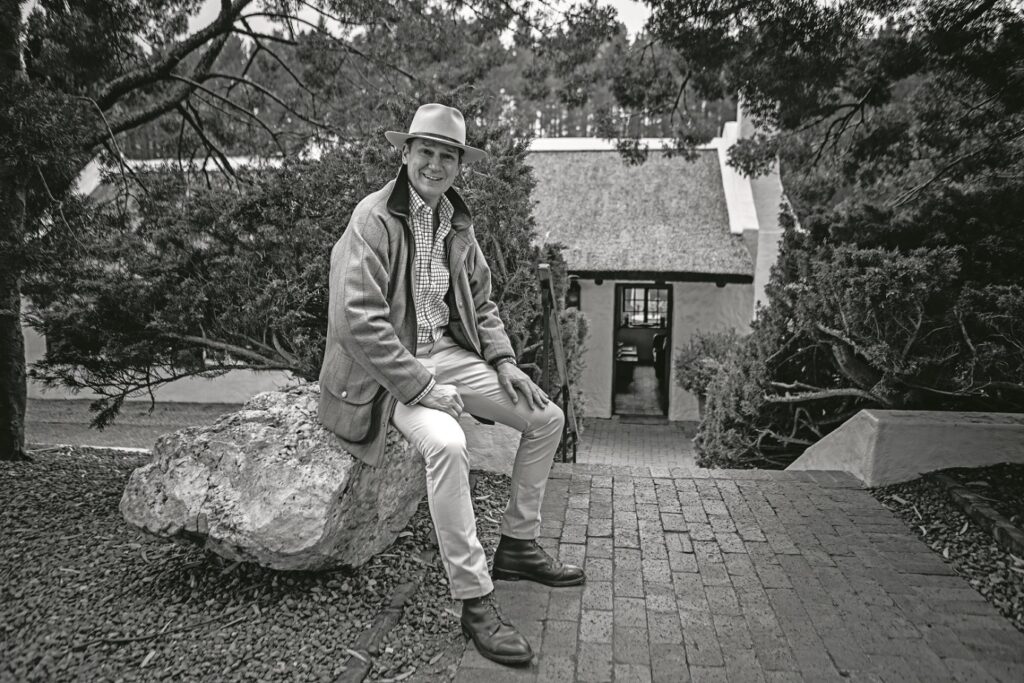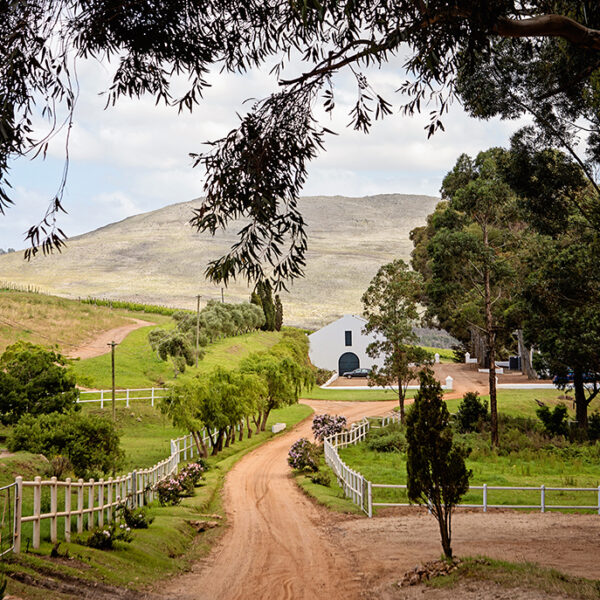The most grown white grape on earth, Chardonnay is an eager-to-please cultivar that grows in almost any soil and provides enjoyment at every level. Emile Joubert ponders the qualities of this most versatile of wines.
A grape-skin’s throw to the south-east of Elgin lies the Hemel-en-Aarde Valley near the town of Hermanus, which has taken the importance of terroir expression to a new level. The division of this 20km stretch of vineyards into three appellations – Valley, Upper and Ridge – was the brainchild of Anthony Hamilton Russell from Hamilton Russell Vineyards, who introduced vines and Chardonnay to this region in the late 1970s, launching the first Chardonnay here in 1983.
“Hemel-en-Aarde is blessed with three distinct borders of geographical differentiation,” says Anthony, “and due to the expressive nature of Chardonnay and our other signature grape, Pinot Noir, the three parts of the valley display a variety of specific features in their wines. Chardonnay is an amazing vehicle to show this variance in soil composition and climate. Promoting South Africa’s regional diversity has of late given the country a degree of sophistication in the wine world and, with its ability to show specific terroir, quality South African Chardonnay has been a great vehicle for this.”



